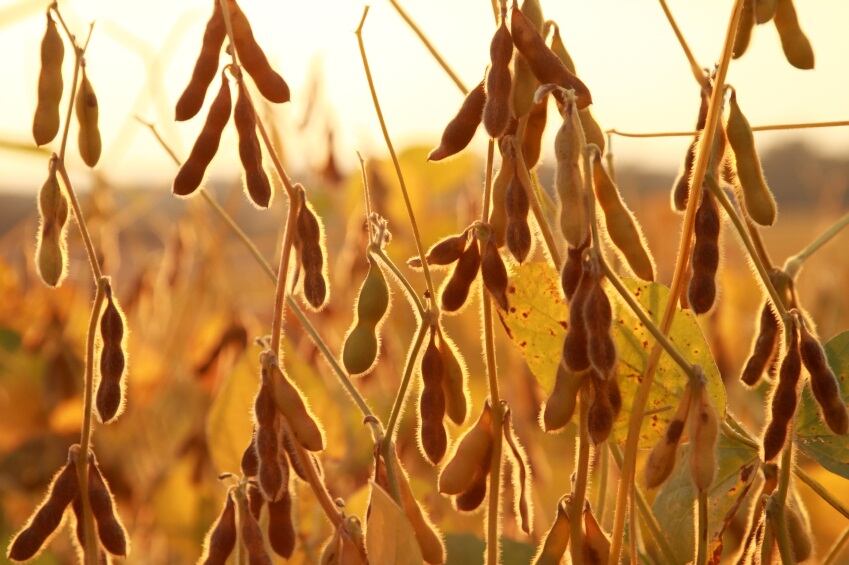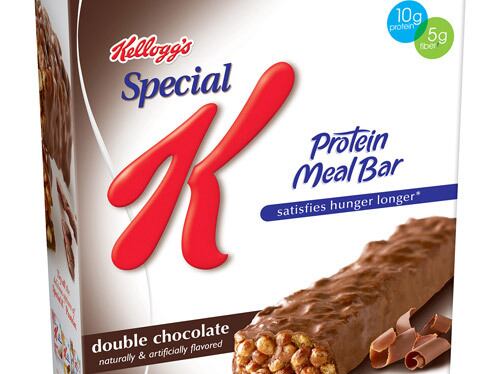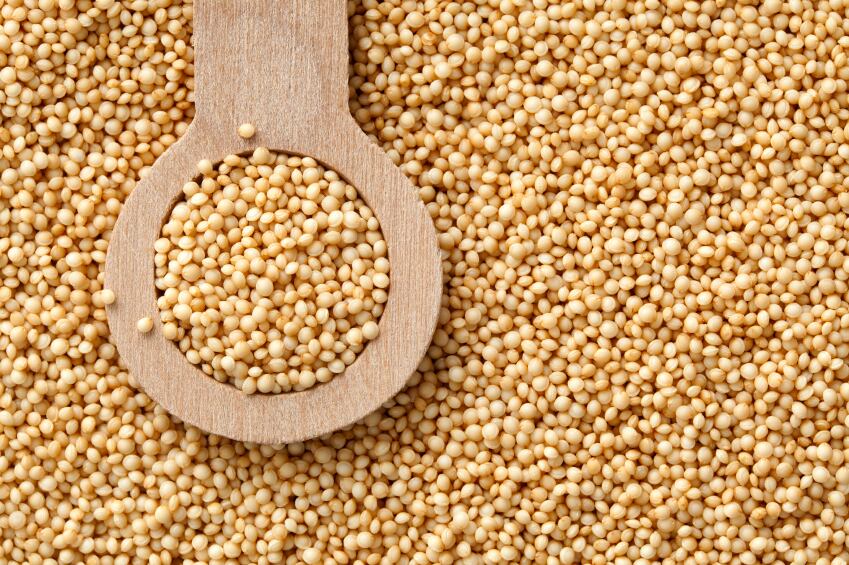Muhammad Asif said demand for protein had soared in recent years – from older generations seeking it for arthritis management to younger consumers wanting it for weight management.
However, developing high-protein products that held taste and texture appeal remained a challenge, particularly for traditional flaked breakfast cereals, he told attendees at the AACCI’s annual meeting in Providence, Rhode Island earlier this month.
“When we add protein with grains like rice or corn and cook at high temperatures and under pressure a Maillard reaction occurs and the whole food becomes dark. The flakes we obtain have undesirable colors and are very beany and nutty in taste and there is loss in some essential acids,” he said.
In addition to this, he said there was the challenge of protein particle size distribution throughout the product.
Formula balancing and processing woes
With Special K Protein in the US, for example, Kellogg delivered 10 g protein per 22 g serving – a challenge made possible by using a lot of wheat gluten, Asif explained. Soy protein isolates made up the protein content in the cereal and the amino acid lysine was added to compensate losses during production.

Competitors on the market also tended to use plant proteins in ready-to-eat cereal products although choice varied between isolates and concentrates. Kashi’s Go Lean Crisp cereal used soy protein concentrate, for example.
Cluster-style breakfast cereals were the easiest form to add protein to, he said. “We can throw in different types of cereals to increase the protein content. [The clusters] can be made using protein extrudates, different proteins, different levels and we can combine those with some other grains like puffed rice, nuts, or dried fruits with the help of binders like honey, glucose or sugar. It’s very straight forward.”
Extruded cereals were hugely challenging, Asif said, because of how protein denatured during extrusion. “You can see when we increase protein in expanded food, definitely we’ll change the shape and density of that food because when you increase protein in food, you increase the aggressiveness – there’s more energy – and so we get irregular shapes, a harder texture and more density of the food."
Overcoming protein bar challenges
For high-protein snack bars, development was easier than RTE cereals but remained challenging. “There’s always some give and take – it’s quite challenging to deliver everything in one bar and have it taste good,” he said.
Texture and off-flavors were probably the biggest hurdles to overcome when adding protein to bars.

But there were strategies that could be used to overcome such problems. “It’s important to use protein from multiple sources and multiple types – soy, whey, pea, isolates, concentrates. If we use different types it will be beneficial.”
Cereal, nut and fruit ingredients could also be added to help texture and add sweetness.
Choice of coating was also vital for bars high in protein, he said. “Chocolate or caramel, for example, covers the whole bar and keeps the texture chewy and moist for a longer period of time.” Using multiple dextrose equivalent (DE) syrups and sugar alcohols was also important, he said, as the combinations helped control firming.
Pushing plant and cereal protein sources
Asif said manufacturers should dedicate more R&D efforts to plant- and cereal-based proteins.
“The protein trend is already here but we should make plant proteins more functional and we need to start using protein-packed grains as well. Spelt, kamut, teff, amaranth, sorghum, quinoa – there is a lot of potential for these grains as well in cereal and snacks,” he said.

Monjur Hossen, senior product development scientist at Kellogg, added that working with cereal and legume proteins required a thorough understanding of their chemical makeup.
“Depending on their amino acid sequence, depending on their formation, [the protein] would probably have different applications,” he said.
Asif added that some proteins also contained other biopolymers which when used in a food matrix would create Maillard reactions – reactions that had to be understood well by formulators.
